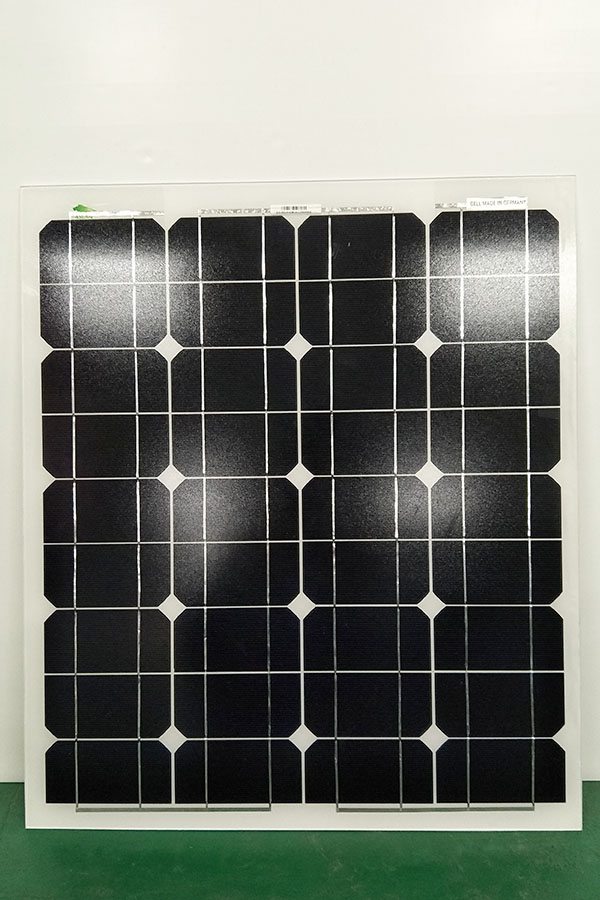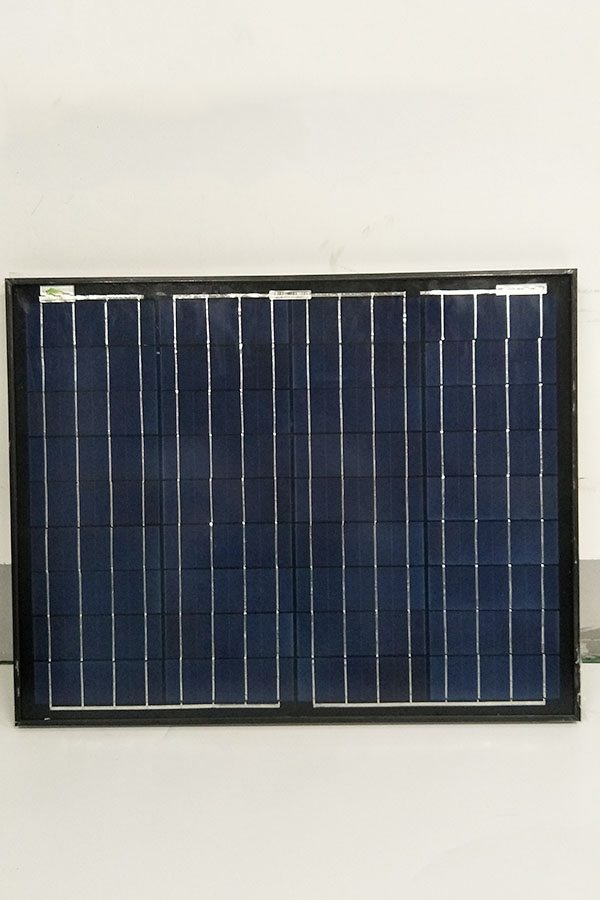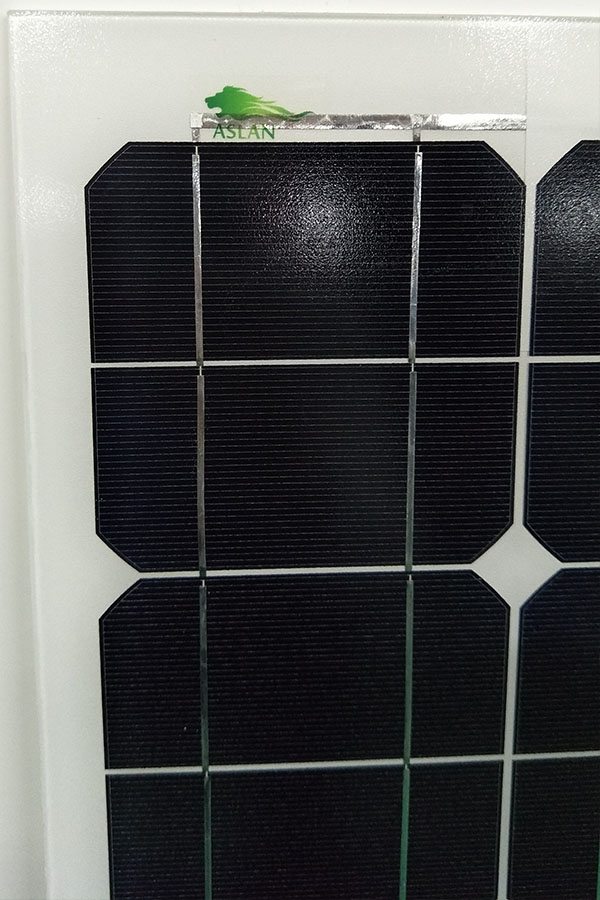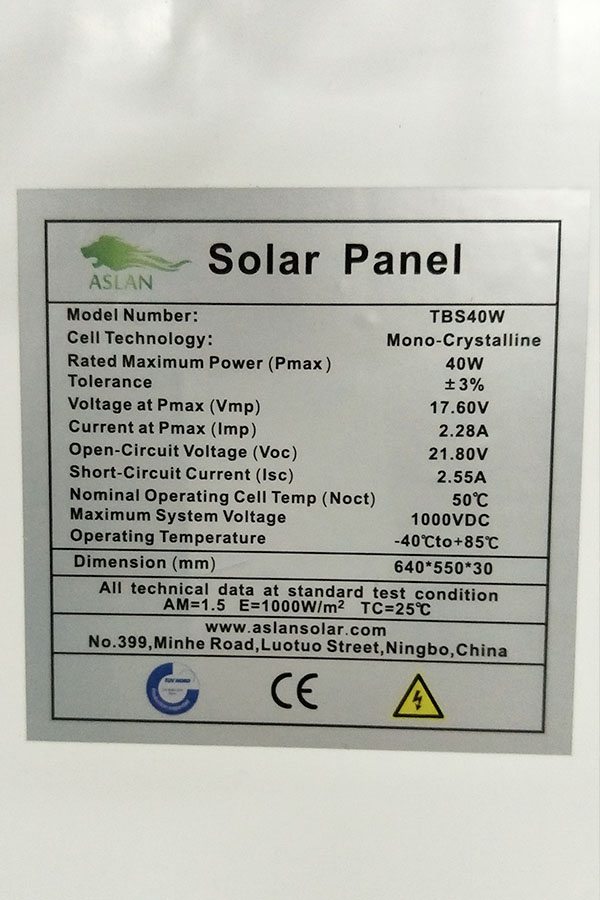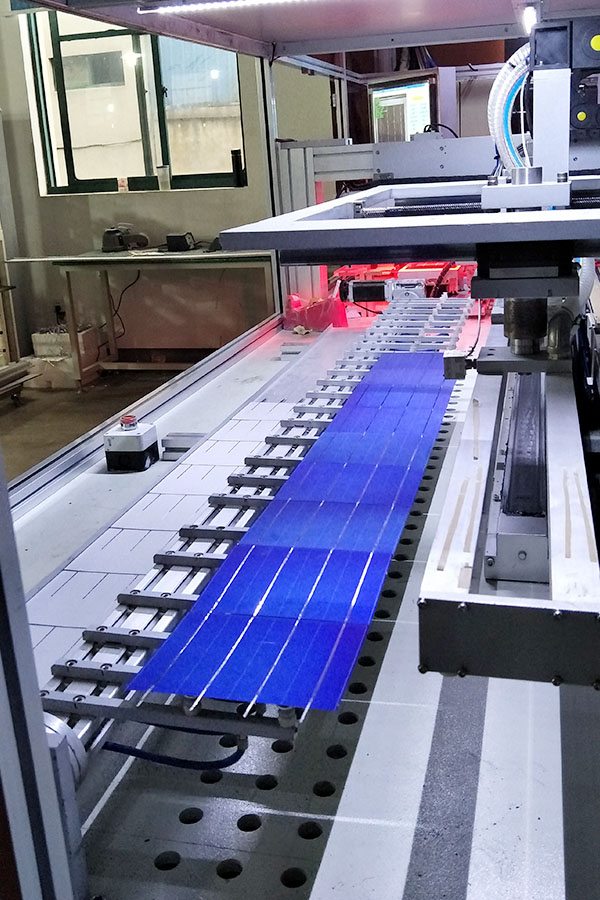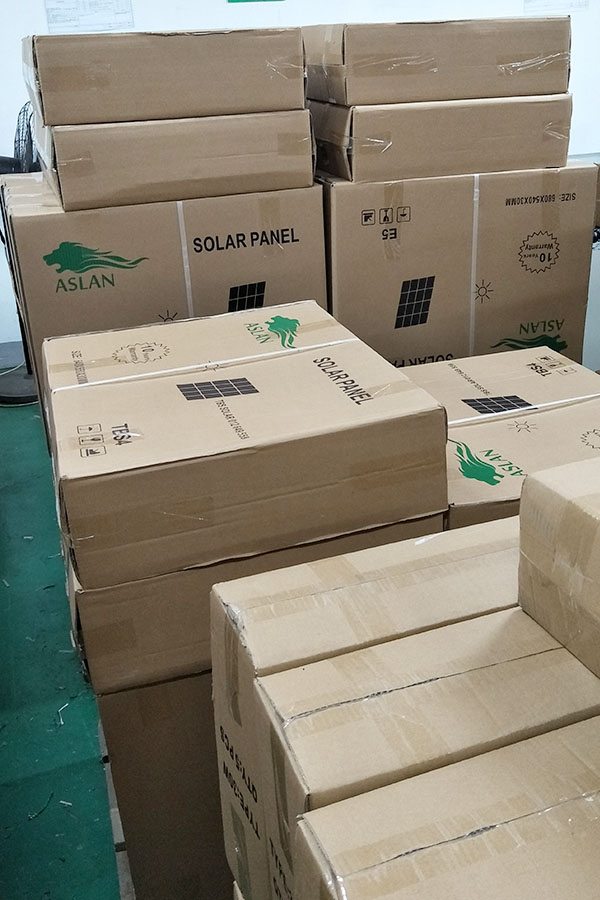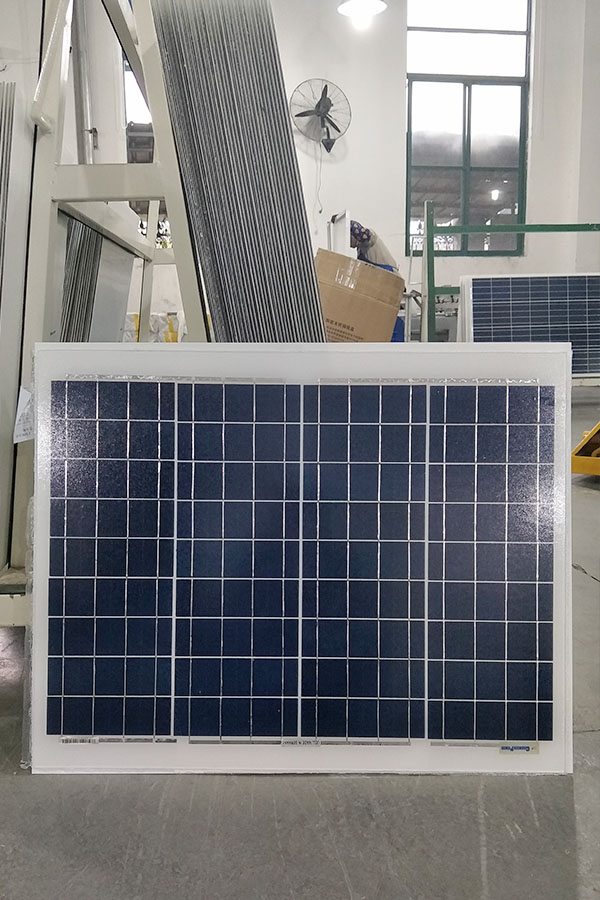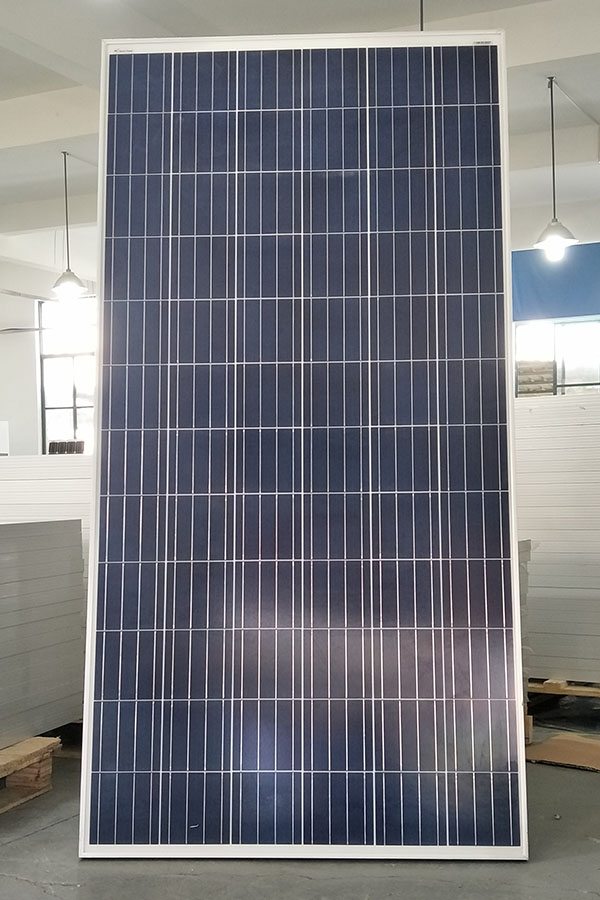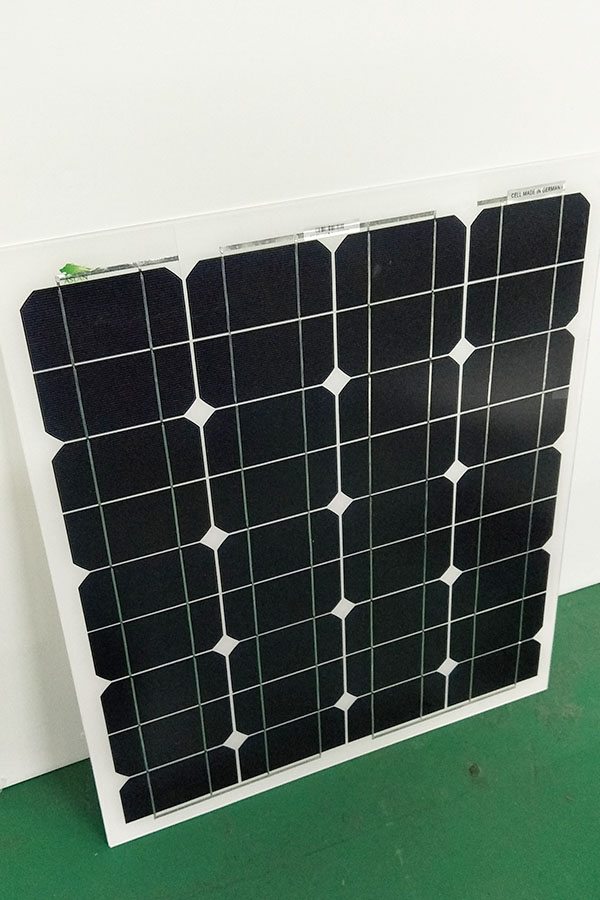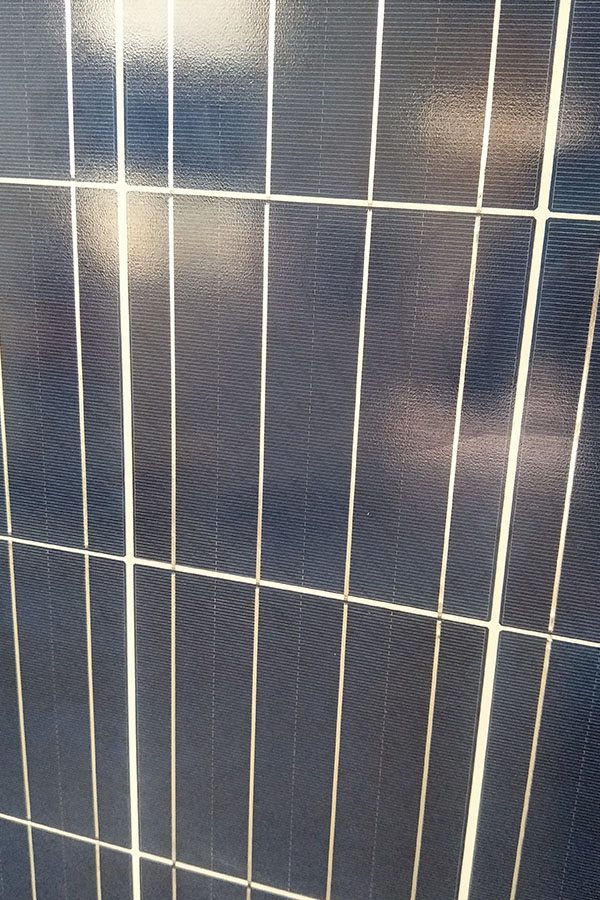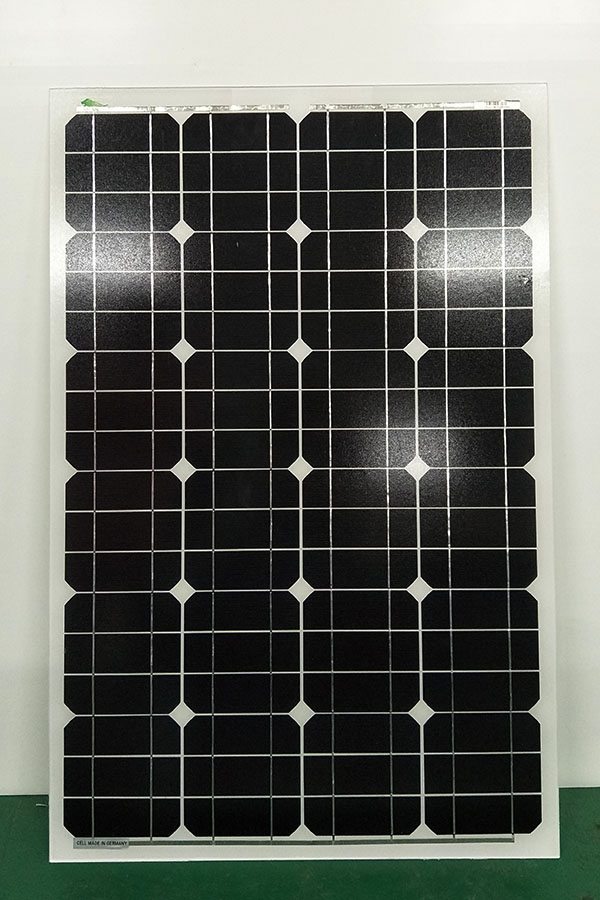10 Years manufacturer Mono-Crystalline 40W Solar Panel in Rotterdam
Short Description:
We also offer product sourcing and flight consolidation services. We have our own factory and sourcing office. We can provide you with almost every type of product related to our product range for 10 Years manufacturer Mono-Crystalline 40W Solar Panel in Rotterdam, We warmly welcome business partners from all walks of life, expect to establish friendly and cooperative business contact with you and achieve a win-win goal.
Mono-Crystalline 40W Solar Panel
Technical parameter
Maximum Power(W) 40W
Optimum Power Voltage(Vmp) 18.21V
Optimum Operating Current(Imp) 2.20A
Open Circuit Voltage(Voc) 21.83V
Short Circuit Current(Isc) 2.40A
Mechanical Characteristics
Cell Type Mono-crystalline 125×62.5mm
No of Cell 36 (4x9pcs)
Dimensions 636x554x25mm
Weight 4.2Kg
Front Glass 3.5mm,High Transmission, Low Iron,Tempered Glass
Junction box IP65 Rated
Output Cable TUV 1×4.0mm2/UL12AWG,Length:900mm
Temperature and Coefficients
Operating Temperature(°C): -40°C ~ + 85°C
Maximum System Voltage: 600V(UL)/1000V(IEC) DC
Maximum Rated Current Series: 15A
Temperature Coefficients of Pmax: -0.47%
Temperature Coefficients of Voc: -0.389%
Temperature Coefficients of Isc: 0.057%
Nominal Operationg Cell Temperature (NOCT): 47+/-2°C
Materials of solar panel
1).Solar Cell——Mono-crystalline solar cell 125*62.5mm
2).Front Glass——-3.2mm, high transmission, low iron, tempered glass
3).EVA——-excellent anti-aging EVA
4).TPT——-TPT hot seal made of flame resistance
5).Frame——anodized aluminum profile
6).Junction Box——-IP65 rated, high quality, with diode protection
Superiority: high quality anodized aluminum frame, high efficiency long life, easy installation, strong wind resistance, strong hail resistance.
Features
1. High cell efficiency with quality silicon materials for long term output stability
2. Strictly quality control ensure the stability and reliability, totally 23 QC procedures
3. High transmittance low iron tempered glass with enhanced stiffness and impact resistance
4. Both Poly-crystalline and Mono-crystalline
5. Excellent performance in harsh weather
6. Outstanding electrical performance under high temperature and low irradiance
Quality assurance testing
Thermal cycling test
Thermal shock test
Thermal/Freezing and high humidity cycling test
Electrical isolation test
Hail impact test
Mechanical, wind and twist loading test
Salt mist test
Light and water-exposure test
Moist carbon dioxide/sulphur dioxide
http://www.ecoprogetti.com/
Revolutionary stringer machine. Dedicated to the soldering of small solar cells. The best equipment to realize small solar modules or high voltage modules.
This informative webinar features SunWize Senior Engineer Rob Rallo, who has over 25 years experience designing off-grid solar, hybrid, and battery backup power systems.
This educational webinar will cover several topics related to PWM charge controllers, MPPT charge controllers, and 60-cell solar modules.
The first portion of the webinar will discuss voltage set points, temperature effects, and voltage losses between the array and solar charge controller. We will review appropriate calculations and best-practices related to these topics when designing off-grid solar systems.
The next portion of the presentation will cover appropriate design considerations for 60-cell (24V) solar modules when integrating into battery based systems. This section will include calculations for charge controller and battery bank voltages when using 60-cell modules.
Finally, we will discuss performance differences between PWM and MPPT charge controllers. When deciding what controller to use, it’s important to understand the limitations of each controller type, their advantages/disadvantages, different capabilities & features, as well as understanding the correct amount of power you can expect to produce with each type of controller under various conditions.
Make sure you are adequately sizing your system’s exact equipment & specifications with appropriate power output calculations, temperature effects, and line loss considerations!
